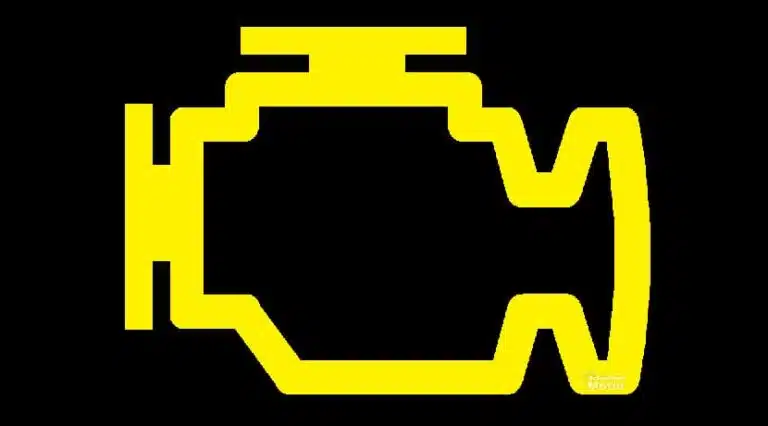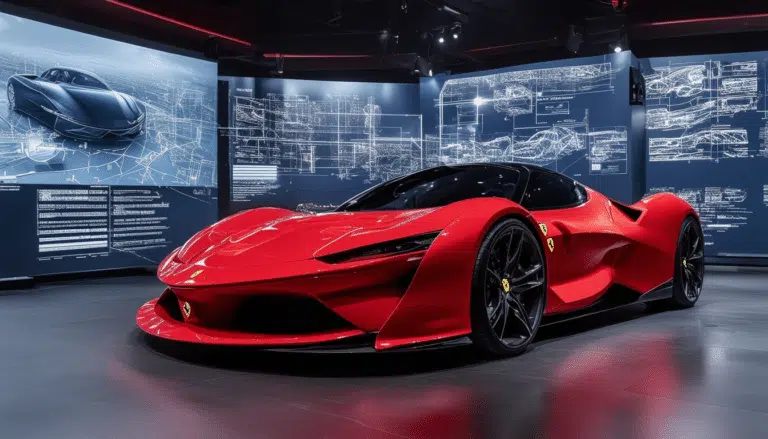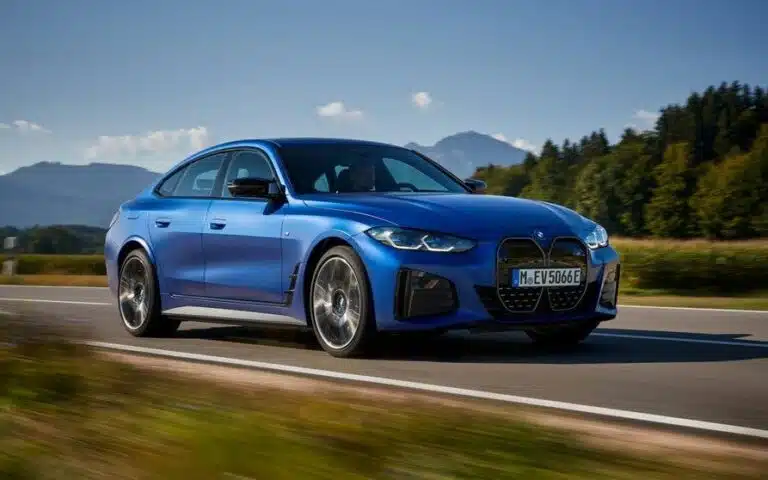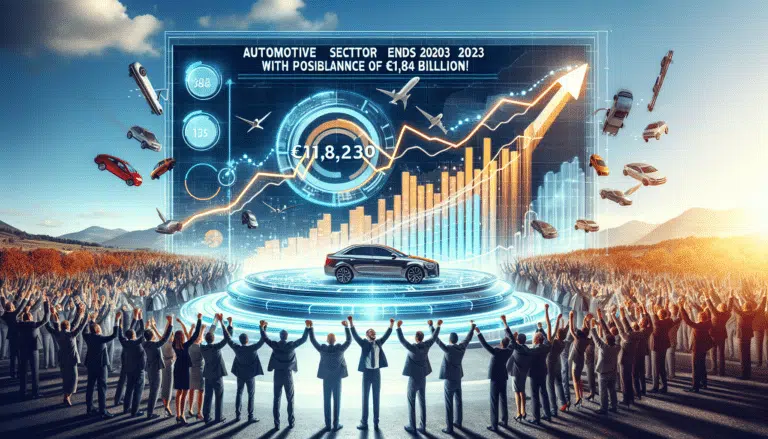The twilight of a legend: Volkswagen bids farewell to one of its most iconic engines due to strict environmental regulations
The automotive world is undergoing changes, where strict environmental regulations have pushed major manufacturers to rethink their strategies and designs. In this context, Volkswagen finds itself needing to close a significant chapter in its history with the farewell to the legendary VR6 engine. Since its debut, this six-cylinder engine has become an icon for car enthusiasts due to its exceptional performance and unmatched sound. However, the pressure to reduce emissions has led to its end, marking the twilight of a golden era for the German automotive giant.
The mythical VR6 engine from Volkswagen, famous for its sound and performance, has left an indelible legacy in the automotive industry. However, due to stricter environmental regulations, Volkswagen has been forced to end the production of this iconic six-cylinder engine. This article explores the rich history of the VR6, its versatility, and its impact on various models, as well as the challenge it represents for the automotive sector to adapt to environmental regulations.
A look back: the birth of a legend
In 1991, the Volkswagen Group launched the revolutionary VR6 engine, initially available in the European Volkswagen Passat and Corrado. With an innovative six-cylinder layout in a narrow V, the VR6 offered an unmatched sound and linear performance that captivated drivers. Its compact design allowed for integration into front-wheel-drive vehicles, maximizing engine space while maintaining efficiency.
The impact of the VR6 on the automotive industry
Throughout its 34 years of existence, the VR6 has been used in a wide range of models from the Volkswagen Group, from compacts like the Golf or Audi A3 to SUVs like the Touareg and Porsche Cayenne. This engine was characterized by its versatility, allowing for various configurations and adaptations to market needs.
The most iconic models with VR6
The Volkswagen Golf R32, an evolved version of the third-generation Golf VR6, is one of the most iconic compacts of all time. With its 3.2-liter engine and all-wheel drive, this model left a mark in the history of motorsport. Other models like the Audi TT and the Porsche Cayenne also benefited from the powerful VR6, solidifying its reputation as a symbol of power and performance.
The environmental challenge: regulations and farewell
The end of the VR6 responds to the growing pressure from environmental regulations that compel manufacturers to reduce CO2 emissions and invest in more sustainable alternatives. Despite being a beloved engine among motorsport enthusiasts, the VR6 does not meet the stringent standards imposed, especially in the U.S. market where it was last used in the Volkswagen Atlas.
The shift towards more efficient four-cylinder engines reflects the industry’s adaptation to new realities, although the farewell to legendary engines like the VR6 marks the end of an era where sound and power were undisputed kings.
Impact on the future of motoring
The retirement of the VR6 symbolizes a shift in Volkswagen’s production philosophy, which seeks to align itself with global sustainability demands. This transition not only involves adapting to environmental regulations but also redefining the driving experience for future generations, with increasing attention being paid to electric vehicles and innovative technologies. Discover how Volkswagen is reimagining its models in electric vehicles.
Final reflections on the farewell to the VR6
The farewell to the Volkswagen VR6 not only marks the end of an engine distinguished by its ingenious design and characteristic sound but also symbolizes a broader change within the automotive industry. Over 34 years, this engine has been a benchmark of versatility and performance, adapting from compacts to high-end SUVs. However, the goodbye to this iconic engine is not solely due to demand or innovation issues, but is largely a response to the rigorous environmental regulations that brands must adhere to.
Increasingly stringent emissions regulations represent a considerable challenge for car manufacturers, forcing them to rethink their engine strategies. This phenomenon not only affects Volkswagen but is a global trend pushing the transition to cleaner and more efficient technologies. The abandonment of the VR6 highlights how even the most emblematic pieces of automotive engineering are not immune to the changes dictated by environmental legislation.
Although the farewell to the VR6 is a moment of nostalgia for engine enthusiasts, its exit from the market will reinforce Volkswagen’s commitment to sustainable innovation and the development of powertrains that align with contemporary demands. This change, while difficult for those who valued the charm of the VR6, is a necessary step towards a future where mobility is more respectful of the environment.
In this context, the evolution in the approach to powertrains underscores the importance of continuing to research and develop alternatives that ensure not only compliance with regulations but also the satisfaction of modern drivers’ needs and expectations. Constant adaptation will be key for the automotive industry to continue advancing towards a more sustainable and efficient model.




